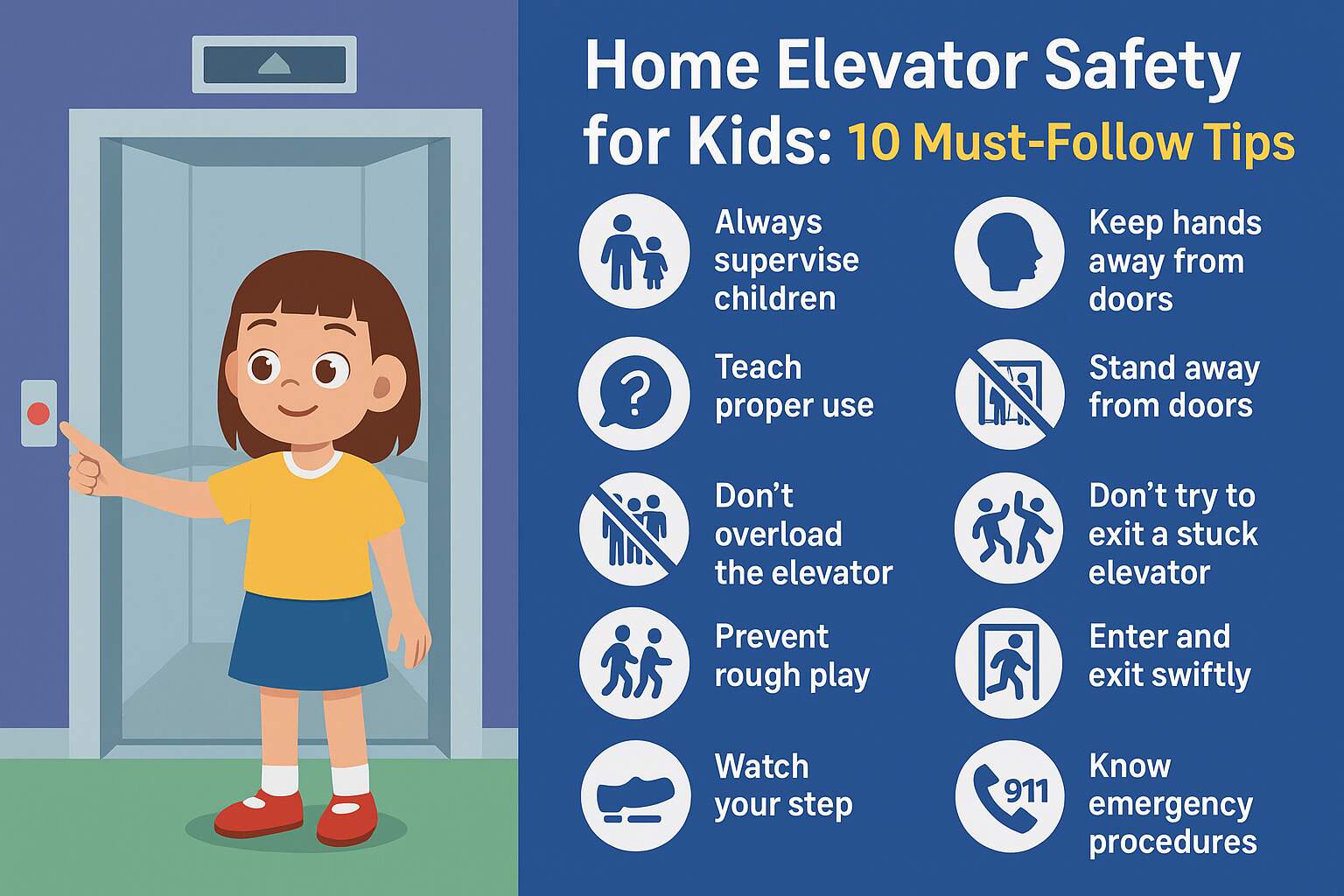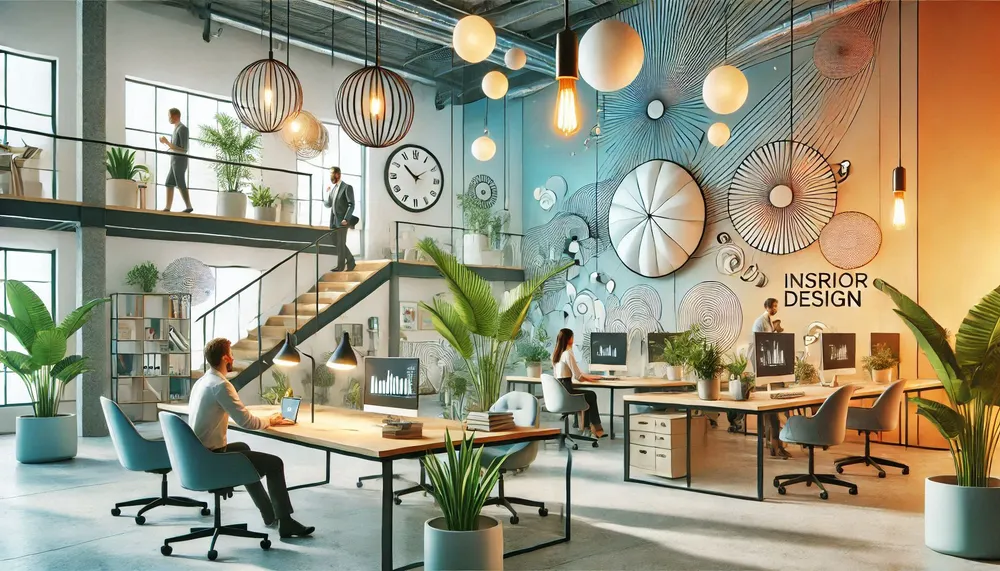Other
Home Elevator Safety for Kids: 10 Must-Follow Tips

Home elevators are helpful in many houses today. Children also use these elevators often for convenience. However, safety must be focused on while they use them. Accidents can be caused if proper care is not taken. Parents should be careful and watch their children closely. Rules and safety measures must be followed always.
Follow these important tips shared by one of the best Elevator manufacturers in Ghaziabad –
Supervision of Children When Using Elevators
Accidents are often prevented when adults watch carefully. Safety rules are explained by adults before use. The elevator operation should be controlled by responsible persons. Risks are minimized when children are not left alone. Instructions are given clearly to children during supervision. Any problems inside the elevator are noticed quickly by adults. Immediate help can be provided if an emergency is faced. Safe use is ensured through constant adult supervision.
Proper Functioning of Elevator Doors
Doors are inspected regularly to avoid accidents and injuries. Automatic closing systems are tested by professionals often. Children should be taught to wait until doors are fully closed. Stuck or slow doors must be repaired immediately. Safe operation is ensured when doors function without problems. Door sensors are maintained to detect objects or people. Properly working doors prevent children’s fingers from getting caught. Safety is improved when door mechanisms are regularly checked.
Teaching Children Not to Play Inside Elevators
Playing can cause accidents or damage to the elevator. Rules about elevator use are explained by parents clearly. Running or jumping inside elevators is discouraged to ensure safety. Elevator interiors are kept safe by avoiding rough behavior. Children are reminded that elevators are for transport only. Supervision is provided to stop any unsafe play immediately. Safety is increased when children understand elevator rules well. Safe use is encouraged by teaching respect for the elevator.
Emergency Button Usage Must Be Explained Clearly
Their purpose is taught so children know when to use them. Help is called quickly when emergency buttons are pressed. Buttons are checked regularly to ensure they work properly. Children must not press buttons unnecessarily or play with them. Emergency procedures are practiced with children for better understanding. Clear instructions about emergency use are provided by adults. Safety is increased when children know how to ask for help.
Elevators Should Be Locked When Not in Use
Unauthorized access by children is stopped by locking the elevator. Locks are checked regularly to ensure they work properly. Access control is managed by adults or security systems. Safety is increased when elevators are not left open. Children cannot enter or use elevators without permission. Locked elevators help avoid misuse or damage by children. Precautions are taken to restrict elevator use during maintenance or danger.
Children Should Stand Still During Elevator Rides
Moving or jumping inside the elevator can cause accidents. Stability is maintained when children remain calm and steady. Instructions are given by adults to avoid sudden movements inside. Balance is kept by standing quietly and holding the handrail if available. Falls or injuries are prevented through careful behavior. Safe elevator use is encouraged by teaching children proper conduct. Standing still is monitored by adults during rides for safety.
Hands and Feet Must Be Kept Away from Doors
Fingers can be caught if doors close unexpectedly. Children are taught to avoid touching or pushing the doors. Door sensors help, but caution must still be practiced. Injuries are prevented by keeping limbs clear of moving parts. Doors are inspected to ensure they open and close safely. Safe habits are encouraged by adults through constant reminders. Children should wait patiently for doors to fully open.
Regular Elevator Inspections by Professionals Are Necessary
Mechanical parts are checked carefully to prevent breakdowns or accidents. Inspection reports are reviewed to ensure compliance with safety standards. Repairs are done promptly when any faults are found. Maintenance schedules are followed strictly by elevator owners or managers. Safety features are tested to confirm they work correctly. Regular inspections help avoid unexpected elevator failures or dangers. Children’s safety is ensured when elevators are properly maintained.
Children Must Not Overload the Elevator Cabin
Weight limits are clearly stated and must be followed strictly. Overloading can cause the elevator to malfunction or stop working. Safety systems are designed to prevent accidents from excess weight. Parents and adults should remind children about capacity rules. Elevators are equipped with sensors to detect overload conditions. Exceeding limits puts everyone’s safety at risk inside the elevator. Proper use is ensured by teaching children the importance of limits.
Clear Instructions About Elevator Use Must Be Displayed
Rules and safety tips by home lift manufacturers are written in simple language for everyone. Visual signs or pictures help children understand how to behave. Instructions are checked regularly to keep them visible and readable. Guidelines include steps to enter, ride, and exit safely. Emergency procedures are also shown for quick reference during problems. Proper use is encouraged by easy-to-follow safety instructions. Care is taken to update instructions if elevator features change.

